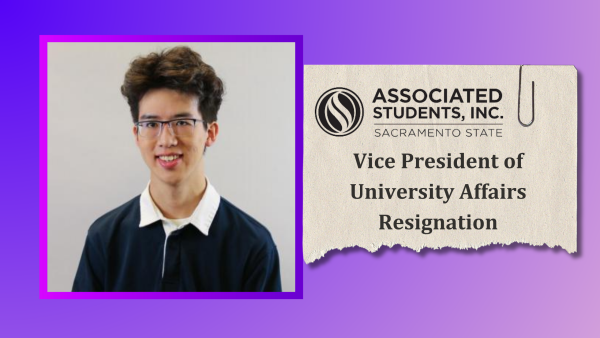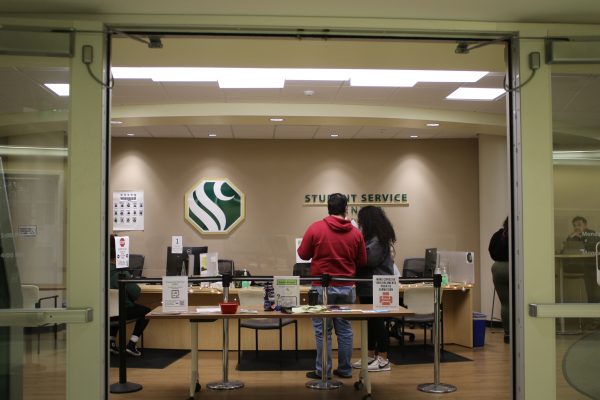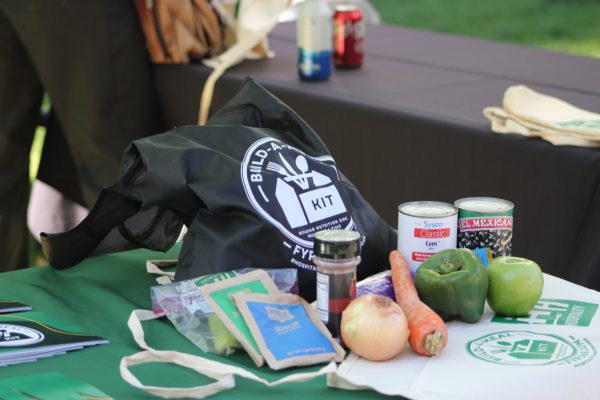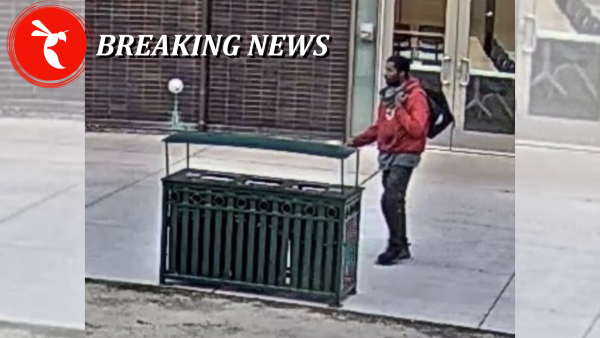Self-defense class prepares students for real-life situations
May 4, 2011
Sacramento State students are taking the initiative to ensure safety by preparing themselves for potential assaults in the Well’s self-defense class.
Sac State’s recently added self-defense program takes place over eight weeks, split into two different sessions. The course is held Tuesdays and Thursdays from 5:30 to 6:30 p.m. in the Well’s Klamath Studio.
Kate Costello, assistant director of the Well, said the idea to start a self-defense class was not entirely in response to the sexual assault incidences last semester, but it was certainly a factor in the course’s creation.
“As far as I’m concerned, self-defense training has always been a valuable resource for students to have,” Costello said. “The assaults on campus last semester just made it more apparent.”
This is the second time that the course has been offered, but this time the price of enrollment has been reduced to $10 for the entire session. The previous cost was $75 but the low number of signups led to the class being cancelled.
“Unfortunately, we just didn’t have enough enrollment to run the course,” Costello said. “The first time around, we were thinking of hiring an instructor for it. The costs were just going to be too high for the students, which is why we sought help from the campus police.”
Sac State Police Sgt. Victor Vinson was approached and asked to be an instructor for the course by the Well’s coordinators. Vinson agreed and began teaching Sac State’s first self-defense course.
Vinson has been practicing martial arts for more than 30 years. His experience ranges from being a second-degree black belt in the traditional Japanese karate Goju Ryu, to extensive training in the Israeli hand-to-hand combat style Krav Maga.
Vinson has been teaching self-defense since 1990. He combines his knowledge of martial arts training and the self-defense tactics from the police academy to prepare his students for real-life situations.
“The techniques taught in the course are based on the concept of close-quarter combat,” Vinson said. “Utilizing basic movements from martial arts can help to evade grappling attacks when closely approached by an assailant – giving the victim room to escape and call for help.”
One of lessons Vinson teaches is how to defend oneself in the case of an assailant attempting to choke during an engagement. Students learn how to maneuver their head sideways and have their arm positioned as a barrier for their throat.
Students repeat balance, distraction and stunning techniques until they become muscle memory. They learn how to respond properly to surprise assaults from all angles – the back, front and sides.
Vinson said learning these techniques also boosts confidence, which can be just as helpful in deterring assailants.
“Why do you think it’s always the smaller zebra, drinking from a body of water by itself, that the lions go after?” Vinson said. “Predators always seek the weakest prey. A person who knows how to defend themselves usually projects that strength, and is significantly less likely to be attacked.”
Lindsey Zupancic, junior nursing major, wanted to learn how to adequately defend herself after hearing about last semester’s string of assaults.
“Knowing that there were assaults on campus disturbed me, especially because I’m usually studying at school until it’s night,” Zupancic said. “I’m actually confident in my ability to fend off an attack now, which makes me feel much safer being on the campus when it’s dark out. That confidence is worth more than $10 to me.”
There are nine students enrolled in the class, which exceeds the minimum amount of students needed to run the course by only one.
“Truth is, I would still want to be teaching this course even if there was just one person enrolled,” Vinson said. “That’s how important I think it is.”
Kendra Densmore, group fitness coordinator for the Well, said there are not any summer sessions for the self-defense course scheduled, but it is planned to return in the fall semester – given a solid enrollment.
“Students usually like to see courses like this in action and hear about it from others before deciding to try it themselves,” Densmore said. “I am hoping that more students are attracted to the course next semester, so that we can keep it going.”









































































































































